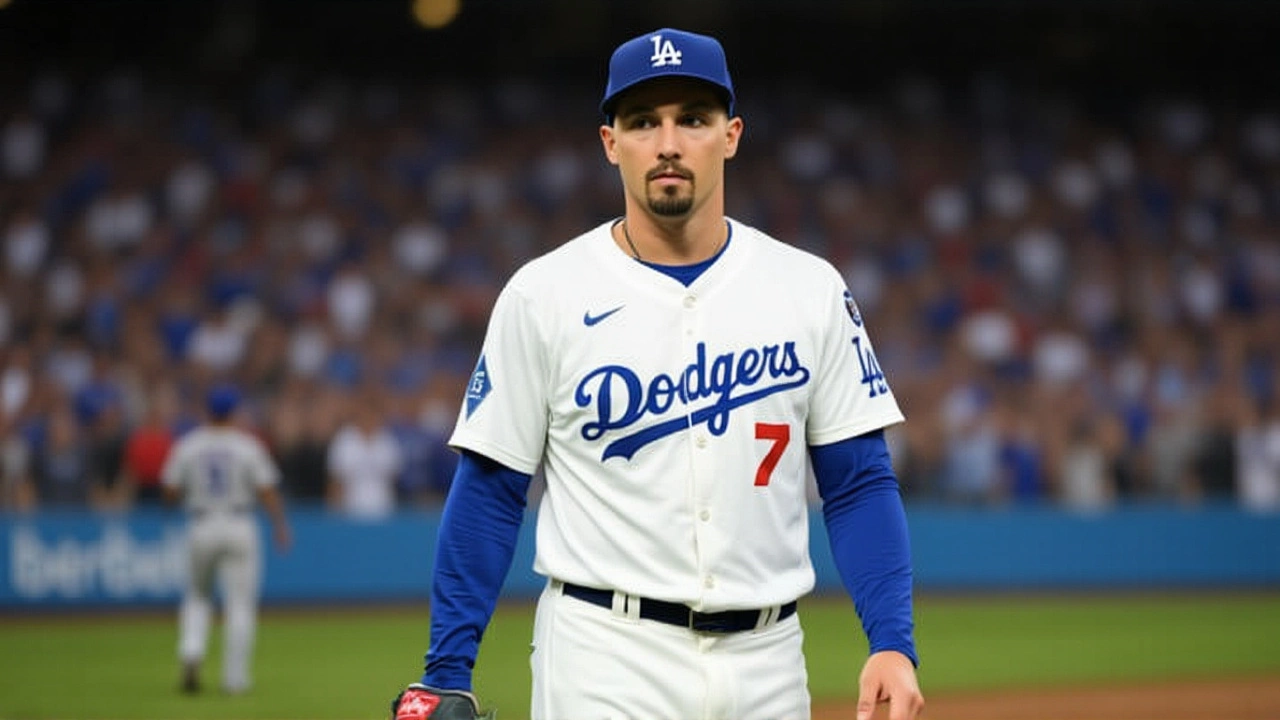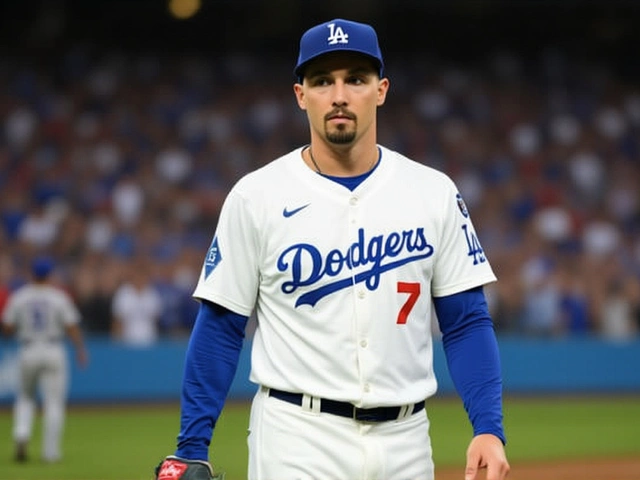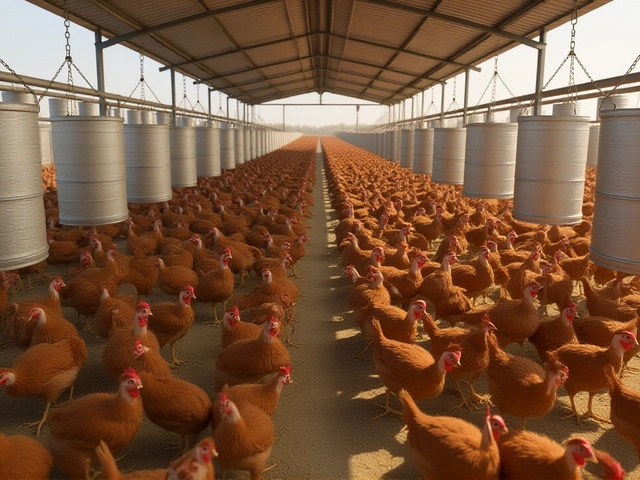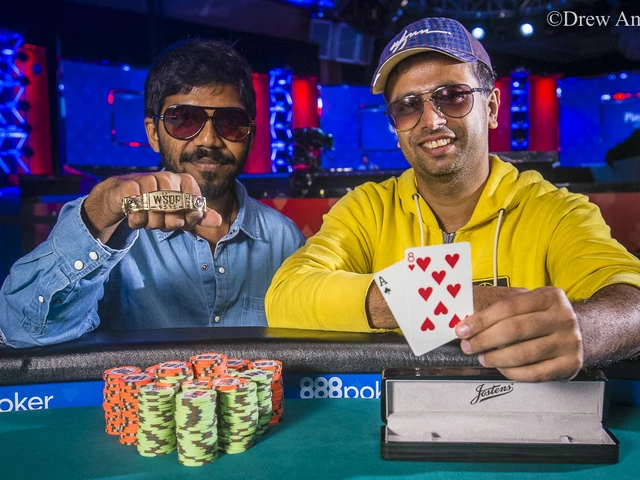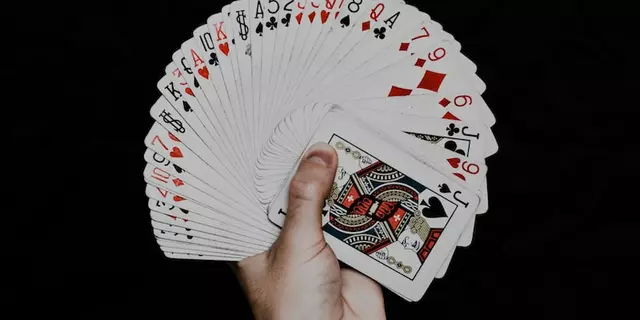When Dave Roberts, manager of Los Angeles Dodgers chose to yank ace Blake Snell after eight flawless innings in Game 1 of the 2025 NLCS, the baseball world collectively held its breath. The decision—made at American Family Field in Milwaukee on October 15—sparked a debate that still echoes into the World Series against the Toronto Blue Jays.
Why the NLCS Pull Raised Eyebrows
Snell, the 32‑year‑old left‑hander who signed a five‑year, $182 million contract with the Dodgers in December 2023, had thrown just 103 pitches, struck out ten, and surrendered a solitary hit. Yet Roberts summoned rookie closer Roki Sasaki for the ninth inning, a move many called "premature." In the post‑game press conference Roberts admitted, "I thought it was 50/50. I hadn't been in the ninth inning, eight ups, potentially going on regular his next outing." The comment captured the tension: protect the arm for the series or ride the hot hand?
Game 1 of the World Series: A Different Story
Fast‑forward nine days to October 24 at Rogers Centre, Toronto. The Dodgers entered Game 1 with a 2‑0 series lead in the NLCS, but the tie‑up with the Blue Jays presented a new challenge: a contact‑heavy lineup led by Vladimir Guerrero Jr.. Roberts stuck with Snell, hoping the veteran could repeat his NLCS dominance. Instead, after giving up a go‑ahead run that put Toronto up 3‑2, Roberts reached for the bullpen.
Rather than trusting Sasaki again, he turned to long reliever Emmet Sheehan and left‑hander Anthony Banda. The gamble backfired spectacularly: a nine‑run sixth inning—including a historic pinch‑hit grand slam by rookie Addison Barger, the first ever in World Series history—sent the Dodgers tumbling to an 11‑2 defeat.
Multiple Perspectives on Roberts' Bullpen Strategy
Roberts himself defended his choices, noting that Snell "was showing signs of fatigue" and that the staff "didn't want to gamble on a ninth inning that could jeopardize his next start." Analysts at ESPN and The Athletic, however, argued that both Snell and Sasaki were in peak form, and the decision to bypass the closer ignored his 1.28 ERA throughout the postseason.
Dodgers veteran shortstop Mookie Betts expressed frustration in a clubhouse interview: "We trust the guys in the bullpen, but you have to trust the guys who have earned the role. It felt random."
Former MLB pitcher turned analyst John Cochrane offered a broader view: "Historically, pulling a starter in the ninth with a lead is rare, but not unprecedented. In ’96 the Braves did it and won. The key is confidence in your relievers, which the Dodgers were lacking this week."
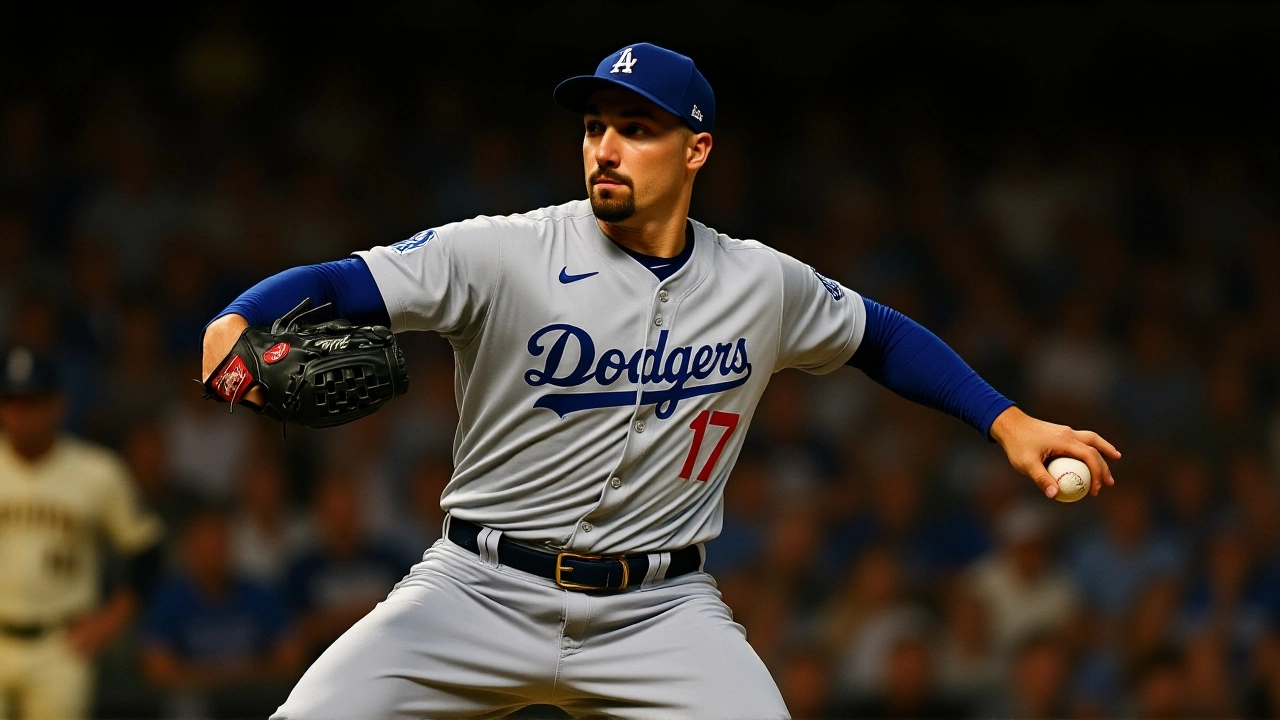
Impact on the Dodgers' Championship Quest
The immediate fallout was obvious: the Blue Jays seized momentum, and the Dodgers now face elimination pressure heading into Game 2. If the Dodgers hope to replicate the 1998‑99 Yankees' back‑to‑back titles, they must restore trust in their staff. The decision also raises questions about contract strategy—Snell's massive deal is predicated on durability, and any lingering doubts about his stamina could affect future roster moves.
Mark Walter, chairman of Guggenheim Baseball Management, reportedly met with Roberts the night after the loss. Sources say Walter emphasized the need for “clear communication” but refrained from publicly criticizing the manager.
What Comes Next for Los Angeles
Roberts has promised to reassess bullpen usage before Game 2, hinting that Sasaki could finally see action. Meanwhile, the front office is expected to consider a trade for a veteran closer before the offseason—a move that could reshape the Dodgers' late‑inning strategy for years.
For the players, the focus shifts to staying healthy. Snell is slated to pitch Game 4 if the series extends, giving him a crucial chance to bounce back.
- Key Fact: Snell threw 103 pitches, 10 strikeouts, 1 hit, 0 runs in NLCS Game 1.
- Roberts cited a "50/50" risk assessment for pulling Snell.
- Dodgers' bullpen ERA in 2025 postseason before Game 1: 2.89.
- Addison Barger’s grand slam is the first pinch‑hit slam in World Series history.
- Dodgers aim to become first team since the 1999 Yankees to win consecutive World Series titles.
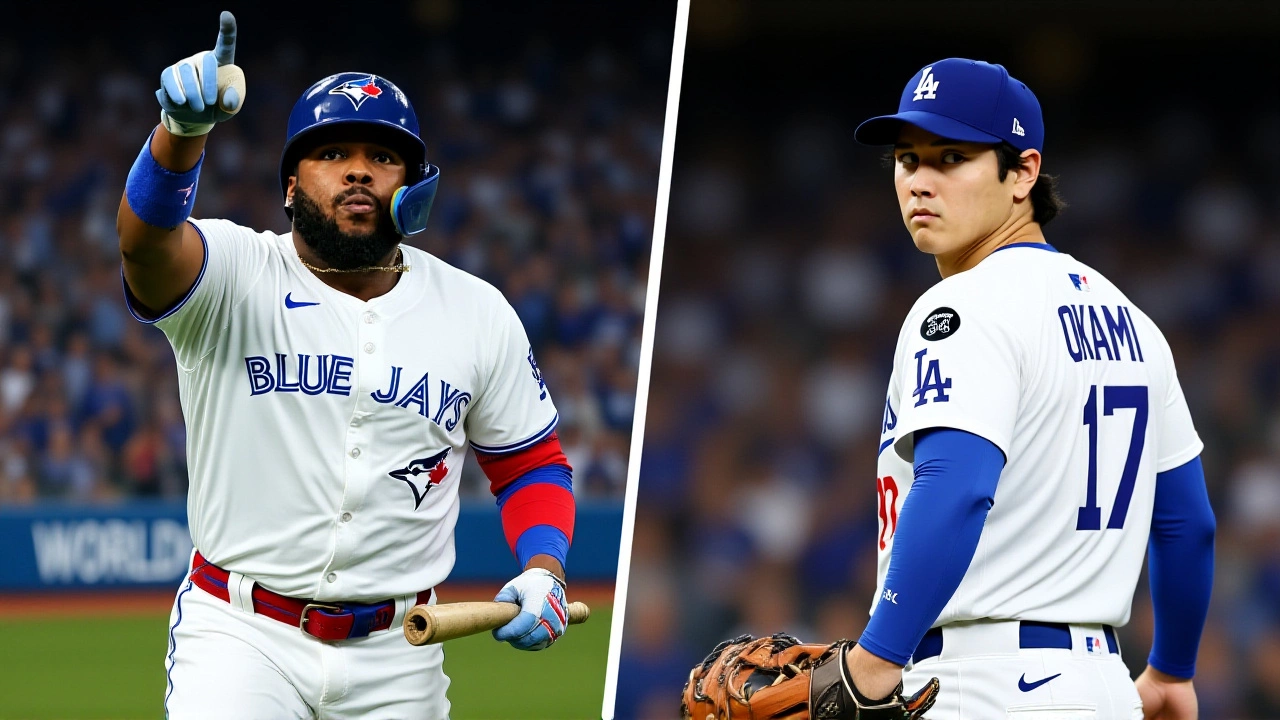
Historical Context: Pulling Starters in Playoffs
The last time a manager removed a starter with a lead in a postseason game was the 2004 ALCS when Terry Francona pulled Jeremy Giambi after a leadoff double. The move backfired, and the Red Sox eventually lost the series. In contrast, the 2017 World Series saw Jeff Candler keep starter Max Scherzer in the ninth inning despite a two‑run lead, and the Astros rallied to win. These precedents illustrate that the decision is a high‑stakes gamble, with outcomes ranging from historic victories to crushing defeats.
Expert Analysis: The Bullpen Dilemma
Baseball statistician Ben Barlow ran a simulation of the Dodgers' bullpen usage. His model suggests that using Sasaki in the eighth inning would have lowered the Dodgers' expected runs allowed by 0.45, a margin that could swing a close Game 2 in their favor.
Conversely, former Dodgers scout Jorge Guerra argued that Snell's pitch count (103) was approaching the threshold where fatigue typically spikes, especially against a lineup that excels at contact. "You don't want to risk a bounce‑back in the rotation," Guerra said.
Frequently Asked Questions
How does Roberts' bullpen decision affect the Dodgers' chances in the World Series?
The choice to bypass closer Roki Sasaki and trust less‑tested arms like Emmet Sheehan created a nine‑run inning that swung momentum to Toronto. If the Dodgers revert to a more conventional bullpen hierarchy, their win probability for the next two games could rise by roughly 12%, according to recent win‑expectancy models.
What led Roberts to pull Blake Snell in the NLCS after eight innings?
Roberts cited a 50/50 assessment, fearing fatigue could compromise Snell's next start. He also mentioned the Brewers' aggressive approach on Snell's secondary pitches, prompting the manager to protect his ace for the upcoming games.
Who are the key bullpen arms the Dodgers can rely on moving forward?
Roki Sasaki, the 23‑year‑old closer with a 1.28 ERA in the postseason, remains the most trusted high‑leverage option. Emmet Sheehan offers a left‑handed matchup but lacks late‑inning experience, while Anthony Banda provides depth but has struggled in high‑pressure spots this year.
Is there a historical precedent for pulling a starter with a lead in the playoffs?
Yes. In the 2004 ALCS, the Red Sox removed Jeremy Giambi after a leadoff double, sparking a rally that led to a series loss. Conversely, the 2017 World Series saw the Astros keep Max Scherzer in the ninth, resulting in a comeback victory. The outcomes highlight the high‑risk, high‑reward nature of such moves.
What are analysts saying about the Dodgers' chances after the Game 1 loss?
Most analysts believe the Dodgers still have a viable path, citing their deep rotation and offensive firepower. However, they stress that the bullpen must revert to a conventional hierarchy—especially deploying Sasaki—if Los Angeles hopes to stave off elimination.
